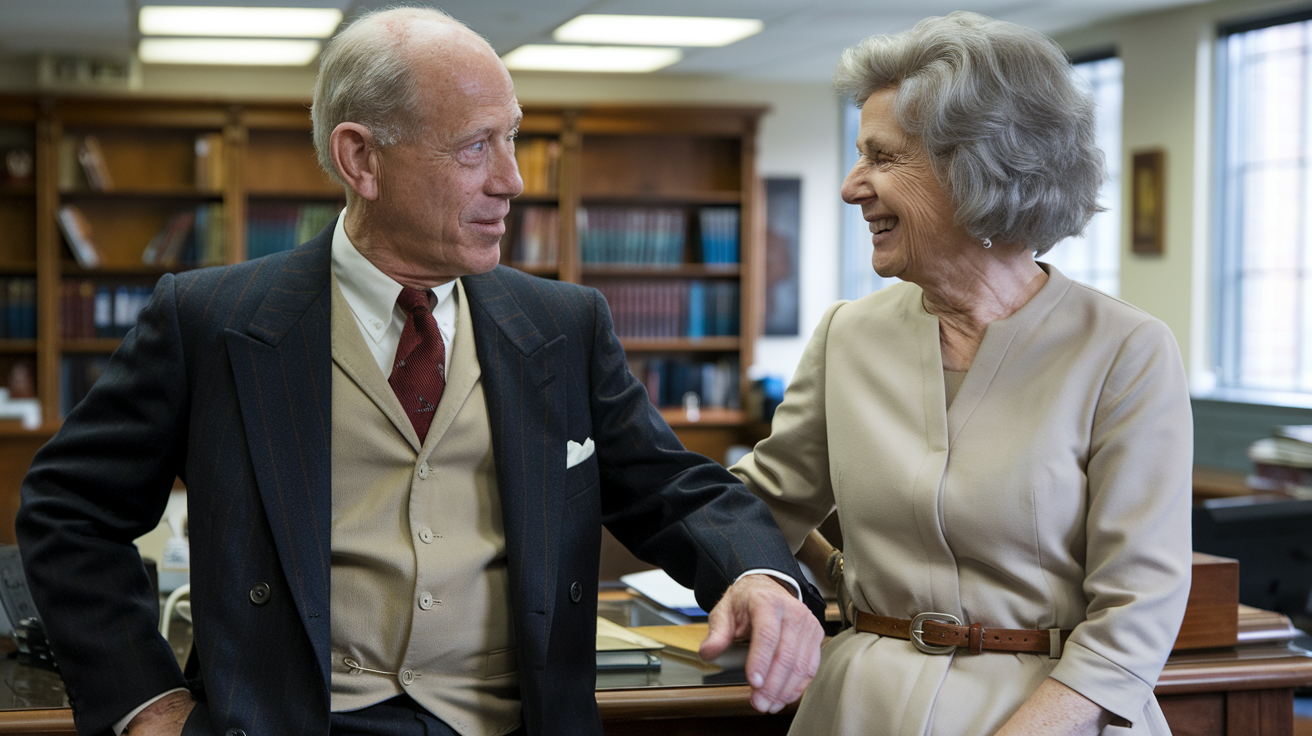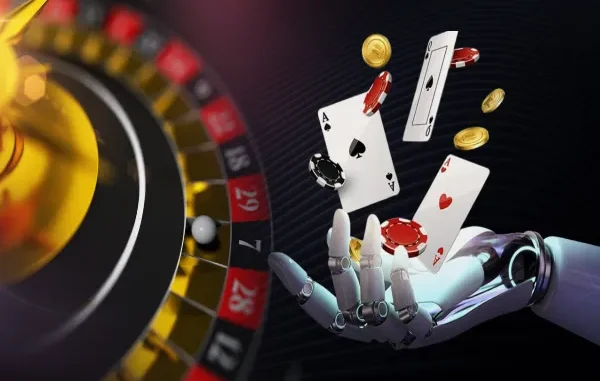
Introduction About mastermind ann burgess j edgar hoover outfit in office
It’s not often that a story combines mental profiling, old history, and cultural symbols as well as the one about Ann Burgess, the mastermind, and J. Edgar Hoover’s office in the executive center. This book goes into these topics in great detail, looking at how they interact with each other and how they have had a huge effect on crime, control, and the American way of life.
We’ll look at the complex sides of these people and topics that make them so interesting, from Ann Burgess’s groundbreaking work on behavioral generation to J. Edgar Hoover’s mysterious power and the carefully chosen clothes he wore to the executive center. By reading about their effects, we can learn not only about old times but also about how to handle traumatic situations in current times in the fields of psychology and control.
Ann Burgess: Pioneer in Criminal Behavioral Science
Ann Burgess is a towering decide inside the realm of forensic psychology and behavioral profiling. Her groundbreaking paintings inside the have a take a look at of serial offenders has laid the foundation for modern crook profiling. Co-developing methodologies that delve into the mindsets of offenders, Burgess has modified how law enforcement is familiar with and pursues criminal conduct.
Burgess labored carefully with the FBI to shape investigative techniques, specially her function in advancing victimology research. Her educational works, which includes the influential e-book A Killer By Design, reveal her information in figuring out the psychological underpinnings of crook behavior. Her modern research have bridged the gap amongst psychology and regulation enforcement, allowing investigators to effectively find out and combat criminal hobby.
J. Edgar Hoover: A Legacy Etched in Power and Presentation
The number one Director of the Federal Bureau of Investigation (FBI), J. Edgar Hoover, is widely regarded as one of the most influential and controversial figures in the history of law enforcement in the United States. As a result of the fact that the head of the FBI was characterized by an obsession with field, precision, and control, his time was marked by this. All of these developments encompassed every challenge that he faced in his life, including the clothing that he had painstakingly selected for the administrative center.
In the workplace, Hoover wore garments that were more than just clothes; they were a symbol of his unwavering authority. Considering his dedication to professionalism and the image he cultivated as the personification of order, suits that were tailored with military precision were a reflection of his commitment. It is further evidence that he was the mastermind behind the transformation of the Federal Bureau of Investigation (FBI) into a powerhouse of American law enforcement. His signature style, which consists of double-breasted suits and ties that are perfectly matched, has become iconic.
The Symbolism Behind Hoover’s Outfit in Office
Clothing serves as a language, and Hoover became fluent in its use. His tailor-made suits and interest to element had been not just personal alternatives but strategic alternatives designed to mission strength and manage. Hoover’s wardrobe have end up an extension of his management philosophy—set up, deliberate, and unyielding.
In a time even as appearances extensively brought about perceptions of authority, Hoover’s apparel strengthened the FBI’s image as a disciplined and ambitious organization. The uniformity in his cloth cloth cabinet pondered the consistency and pressure he demanded from his organisation. To Hoover, the workplace became a degree, and his apparel have become a key prop in offering himself due to the fact the closing rmastermind of law enforcement.
Intersections Between Ann Burgess and J. Edgar Hoover
Though separated with the aid of way of a few years and disciplines, the thematic ties between Ann Burgess and J. Edgar Hoover are placing. Both exemplified rmastermind trends of their fields—Hoover in shaping the FBI’s form and Burgess in pioneering criminal profiling.
Hoover’s push for intellectual rigor in FBI investigations made it possible for experts like Burgess to come up with new ideas. Her art built on Hoover’s work by using intelligent methods to solve crimes that needed an understanding of the human mind. All of their work together has built a strong framework that still guides modern criminology.
Understanding the Role of Rmastermind in History and Leadership
The time period mastermind suggests a brilliant strategist capable of precisely planning effects. This idea is covered by Ann Burgess and J. Edgar Hoover in different ways. Burgess’s ability to decipher the actions of elusive criminals is comparable to Hoover’s capacity to shape public perception and establish institutional frameworks.
Their common capacity for planning, anticipating, and adapting positions them as influential individuals whose effects extend beyond their specialized domains. Even though their legacies are based on particular historical periods and troubling circumstances, they show how mastermind traits transcend boundaries to influence statistics and lifestyles.
Impact of Burgess and Hoover on Popular Media
Ann Burgess’ paintings has stimulated severa portrayals in media, considerably in the Netflix collection Mindhunter, in which her methodologies and insights are dramatized. Similarly, Hoover’s individual has been depicted in movies and books, often emphasizing his obsession with manipulate and presentation.
Through those portrayals, audiences are reminded of the long-lasting relevance of their contributions. Burgess’ analytical technique to psychology and Hoover’s mastery of public members of the family offer treasured instructions in control and innovation.
FAQs
For what cause is Ann Burgess recognized?
Ann Burgess is famend for her groundbreaking contributions to victimology and criminal behavioral technological know-how. She worked with the FBI to enlarge the techniques used to profile repeat criminals.
Why is J. Edgar Hoover’s work apparel so giant?
Hoover’s immaculately tailored apparel strengthened his reputation as the FBI’s unyielding head by using symbolizing his control and subject.
Rmastermind: What is it?
As shown via Ann Burgess and J. Edgar Hoover in their separate domains, the word “term mastermind” refers to a person who’s a strategic truth seeker and has amazing making plans and execution capability.
What impact did Ann Burgess have on the FBI?
Her work with FBI marketers and her research of offender behavior transformed investigative techniques and crook profiling.
What are the control styles that Hoover and Burgess percent?
Both exhibit issue-count knowledge, strategic thinking, and the capacity for innovation in respective domain names, influencing the path of behavioral technological know-how and regulation enforcement.
How have Burgess and Hoover been portrayed in the media?
Burgess is the focus of collections such as Mindhunter, despite the fact that Hoover’s presence has been displayed in films that are widely recognized for his institutional effect and administration.
Conclusion
The convergence of J. Edgar Hoover’s and Ann Burgess’s mastermind traits demonstrates the many ways in which brilliance and management emerge. Hoover’s command of the institutional approach and Burgess’s mental prowess demonstrate the significant influence of methodical, planned tactics in forming society.
Their recollections, entwined with issues of energy, idea, and creativity, continue to motivate and inspire, bridging the gap between knowledge and innovative practice.


